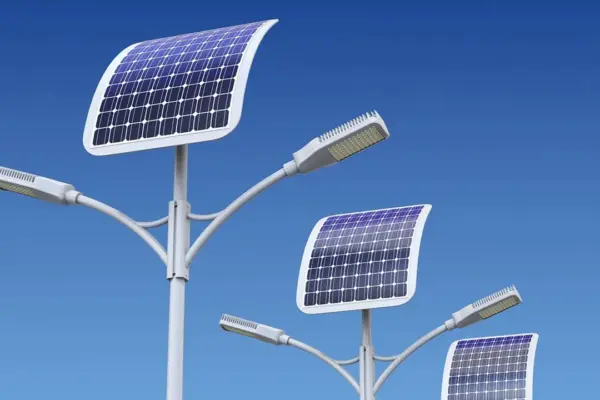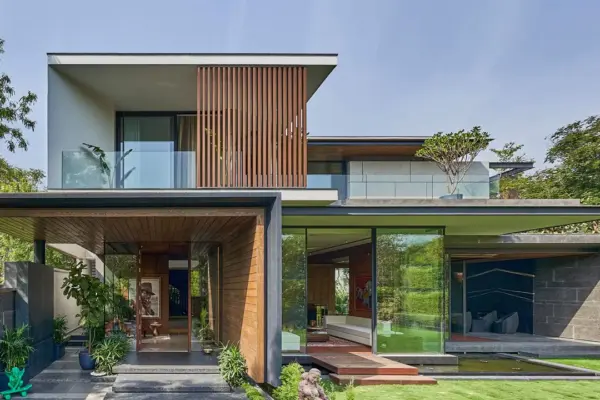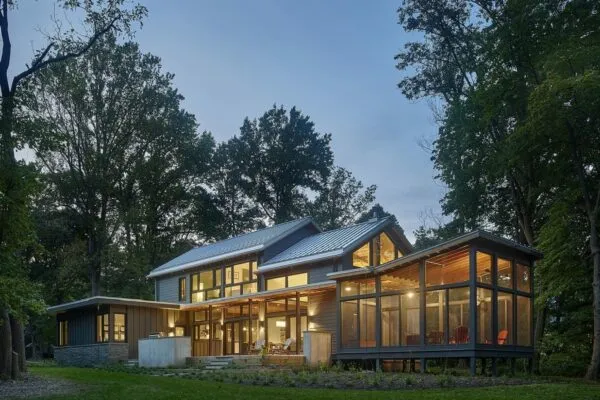Creating Sustainable Commercial Buildings is Essential to Our Health
Wise choice for the planet as well
The world of sustainable construction has changed considerably over the last few decades. What started as a goal to save the planet has evolved into caring for the people on it, beyond the basic need to survive into a desire to thrive.
With today’s technology and research, architects, construction teams, and business executives can work together to find green initiatives and sustainable practices to reduce carbon footprints and improve employee health through climate-responsive architecture. Here are a few inclusions one should make for green and clean living to create sustainable commercial buildings for improving human health.
Biophilic Design
Biophilic design encompasses humanity’s need and unconscious love of nature. It brings the great outdoors into the built environment to improve the health and well-being of those inside. Biophilic features in a commercial setting are essential for people since they spend most of their time indoors and working.
Elements like increased sunlight, live plants, water features, and natural materials create a calming workspace. Studies show these factors have a significant impact on mental health and productivity. Meanwhile, these features can have an equally positive impact on the environment.
The biophilic design promotes using natural and sustainable materials like bamboo to stimulate the senses and reduce air pollution from VOCs and other harmful chemicals in artificial alternatives. A water feature looks and sounds soothing but could also be used to generate energy. Natural light improves employee mental health while also naturally heating the building.
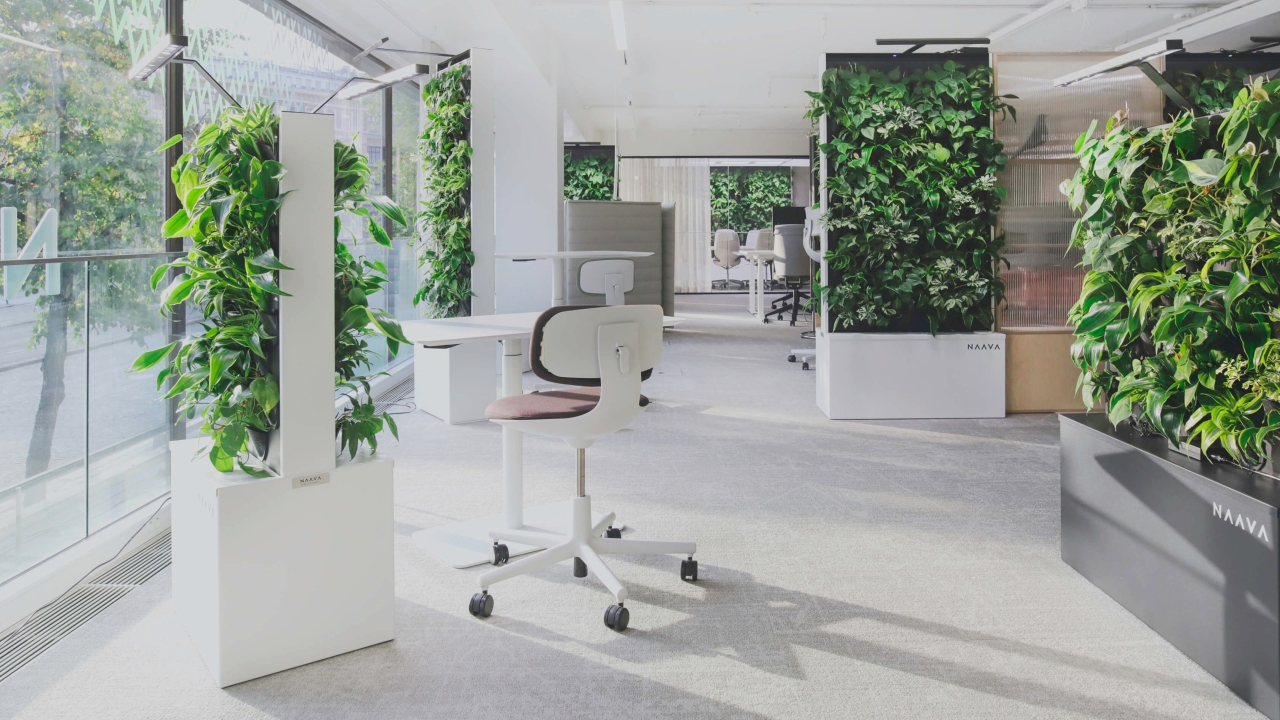
Image: Naava
Responsible Lighting
Lighting for commercial buildings is two-fold — artificial and natural. Attention to both aspects can improve health and environmental impact. Adding natural light to commercial buildings is essential to the well-being of those working inside as bright and warm sunshine improves mood and enhances productivity.
It can also naturally heat the building, which saves energy in cold months or climates. Having enough windows to light the building reduces the energy needed for artificial lighting, helping minimize the overall environmental impact of businesses.
Also Read: Meaning, Significance, and Examples of Climate-Responsive Architecture
Since some artificial lighting in commercial buildings is unavoidable, sustainable and human-centered design must address the issue. The simple answer is LED: these light bulbs last far longer than the alternatives, decreasing their load on landfills and the environment. LED lights that mimic sunlight give the right amount of blue light to keep employees awake and alert during the day so they can rest easier at night.
Air Quality
Modern, energy-efficient buildings have a tight seal, which reduces heating and cooling needs, but keeps the indoor air locked in. Dangerous chemicals that used to have an escape are now contaminating and concentrating in these settings. Artificial elements in the walls, floors, office furniture, and even cleaning supplies contribute to air pollution. The result is 2-1000 times more volatile organic compounds (VOCs), toxic chemicals, inside than outside.
Sustainable building practices and designs can help the environment while improving indoor air quality. For example, using clean fuels removes the need for contaminating fossil fuels and natural, sustainable materials produce fewer to no VOCs.
Working in a green building may keep employees healthier with little extra effort. Ventilation systems to remove contaminants and bring in fresh air can also go a long way in improving human health.
Green Spaces
Green spaces are another essential component of environmental health and human wellness. Parks, tree-lined walkways, and roof lawns all play a part in offsetting damage to the planet and ourselves.
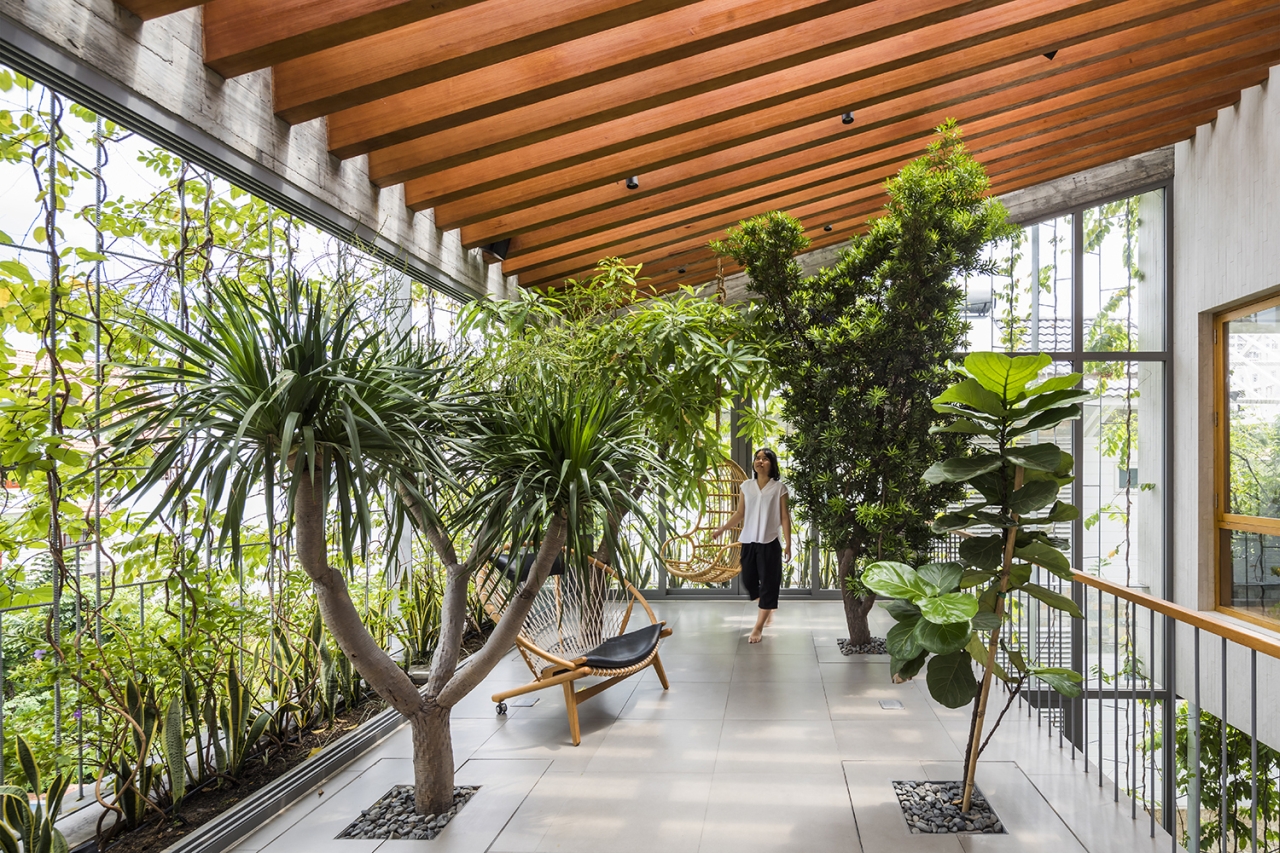
Image: Hirouyki Oki
Greenery can minimally impact levels of CO2 and drastically reduce soil erosion. These areas also hold water better, bringing more of this vital natural resource where it can be used rather than rain evaporating on hot concrete. Natural elements also have a cooling effect, mitigating some of the damage from urban heat islands. They also offer sound absorption and light filtration to keep surrounding buildings insulated and quiet.
Also Read: Best Sustainable Tiny Homes in the World for Eco-Friendly, Downsize Living
The employees who work in commercial buildings with green spaces or people who live nearby benefit greatly. The air will be fresher and the heat less problematic. They’ll have areas to seek shade, a quiet spot to reflect, or a place to fit in movement — parks and lawns offer a retreat where mental and physical health can improve.
Office Atmosphere
The office atmosphere is multifaceted and capable of healing employees and the environment. Minor improvements like an open plan make a huge difference. For example, fewer interior walls mean natural light can spread, reducing building energy demands and boosting workers’ moods.
The layout of each floor is another important aspect to consider. Providing each employee with their own office machinery, like a printer, may save small amounts of time but increases the burden on landfills and drains the company and natural resources. However, creating one or two communal spaces on each floor where employees can use the machines encourages movement and collaboration and lowers costs.
Commercial buildings that plan for alternative transportation methods will be far more sustainable and good for human health than their traditional counterparts. Choosing a location convenient to public transportation such as train, bus, and subway routes will reduce the commute carbon footprint. Employees’ physical health improves when they can walk part way to work or ride a bike and deposit somewhere safe on-site.
Sustainability Goes Beyond the Environment
A continuing focus on sustainable construction and design is vital for the future of our planet — improving air quality, water availability, sound pollution and so much more. However, it’s equally essential to consider the effects green building projects have on the employees inside.
With a few tweaks to design, sustainable commercial buildings can drastically improve the health and well-being of our planet and the people who live here.
